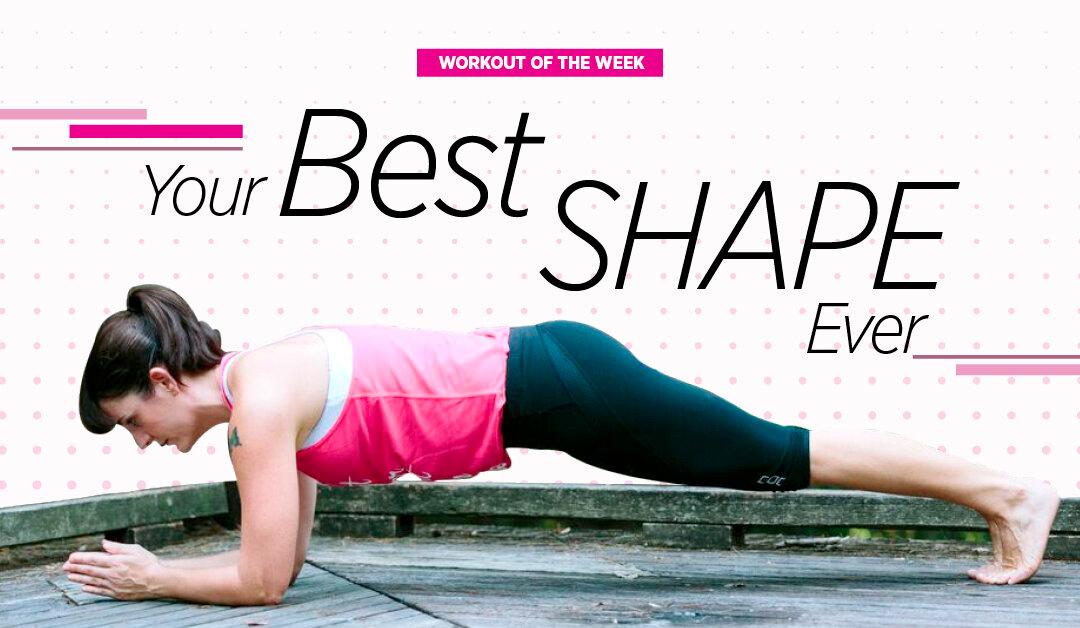So far, legs have been the flavor of the month for June. Last week’s column was all about the curtsey squat, and this week we take the basic parallel squat and give it some serious power with some added front and side kicks.
Including as much functional exercise as possible into your fitness routine is vital for keeping your body moving functionally when you perform your daily movement patterns. Of course it’s great to do just about any type of exercise, but keeping up with the basics will keep your muscles and joints working the right way.
For example, if you practice squats and lunges regularly, you are not only creating muscle tone to look fit and healthy, but you are also creating the strength in your legs to support your hips, knees, and ankles.
Every time you go to pick up something off the floor, if you bend correctly instead of just leaning over from your back, you basically replicate the movement of a squat or lunge. (Leaning over from your back can lead to a lower-back injury.)
By increasing the amount of functional training you do, you will also decrease the risk of injury while carrying out everyday tasks. It’s amazing how many fit and strong people still injure themselves by simply turning, twisting, or leaning over. Your quality of life can be seriously affected if you suffer an injury—not to mention expensive treatment bills that come with it.
I am a great believer in prevention. Include functional exercises like squats and lunges, and team them up with bicep curls and rows to keep your whole body strong. It will make carrying heavy items easier and bending down and picking things up safer. It will also improve your balance in the shower.
The functional exercise for this week’s move is the squat. The kicks are added on to challenge your balance and stability, and make your workout more interesting.
Getting Started
1. Start with your feet hip-width apart, shoulders relaxed, core abdominal muscles engaged.
2. Inhale as you lower your body into a basic squat position. Repeat this 10 times to get your legs warmed up.
3. As you rise out of the squat position, lift your right knee up, and push your foot in front of you, doing a strong push-kick.
4. Repeat the same front push-kick with the left leg.
5. Keep alternating front kicks. Repeat eight times on each side.
6. As you rise out of the squat, extend your right leg to the side of your body, keeping your leg straight. Hold it for two seconds to feel a squeeze on the outside of the glute and hip.
7. Repeat with the left leg.
8. Keep alternating side kicks. Repeat eight times on each side.
Getting It Right
Don’t rush through the squat or the kicks. Keep it slow and controlled so you can feel your muscles working and connecting. This will give you better results. Aim to go as low as you can in the squat, and kick as high as possible.
With the squat, keep your weight on your heels, not on your toes, and as you lower, don’t let your knees go over your toes.
You can change the sequence by doing all kicks on the right side, then on the left. You could perform one kick forward, one to the side, then switch legs. There are lots of possibilities, so play around with it.
Do two to three sets through or until your legs are fatigued. By adding the front kick, your hamstrings will get an extra workout, and by adding the side kick, your buttocks will get the extra workout. Enjoy all of the extras!
Emma-Kate Stampton certifies Pilates instructors and is a certified personal trainer. She is based in Brisbane, Australia.





